Fighting Climate Change and Unhealthy Air, California Wants to Electrify Trucks, Too
Union of Concerned Scientists
SEPTEMBER 26, 2022
California’s fleet of commercial trucks and buses is responsible for an outsized impact on air quality and climate change. As currently drafted, the ACF would require that all new drayage trucks be zero-emissions after 2024, and only zero-emissions trucks will be able to perform drayage operations after 2035.


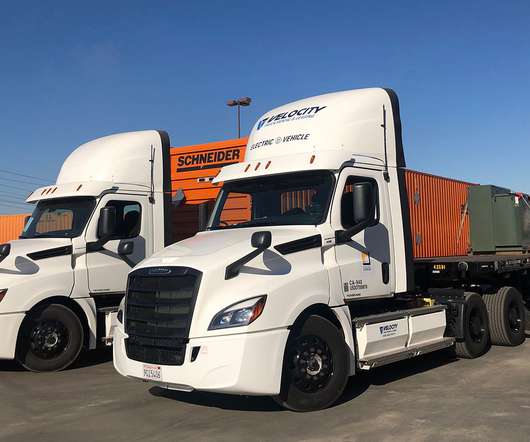

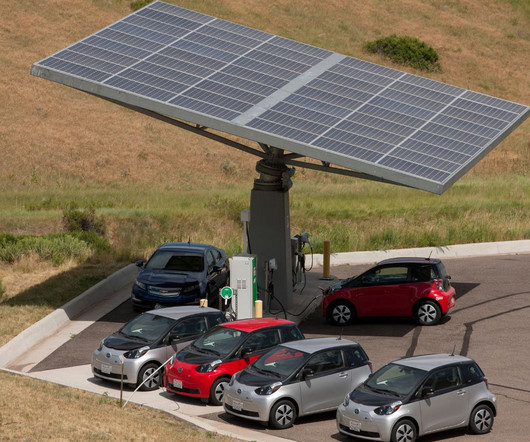

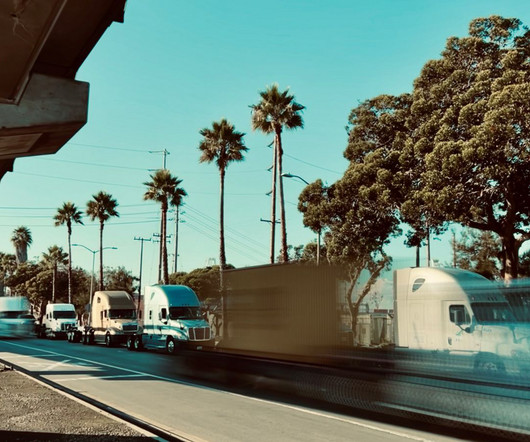
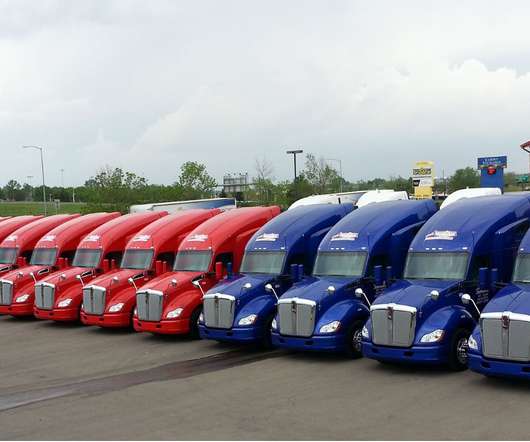
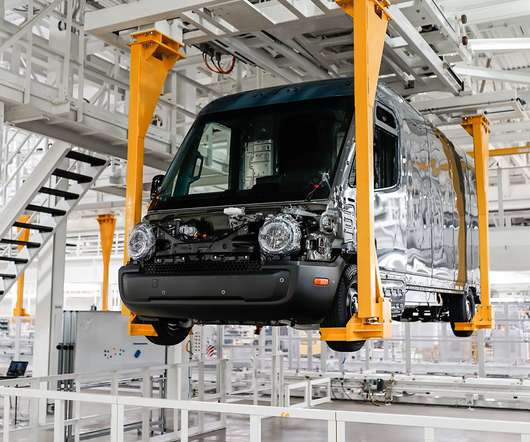








Let's personalize your content